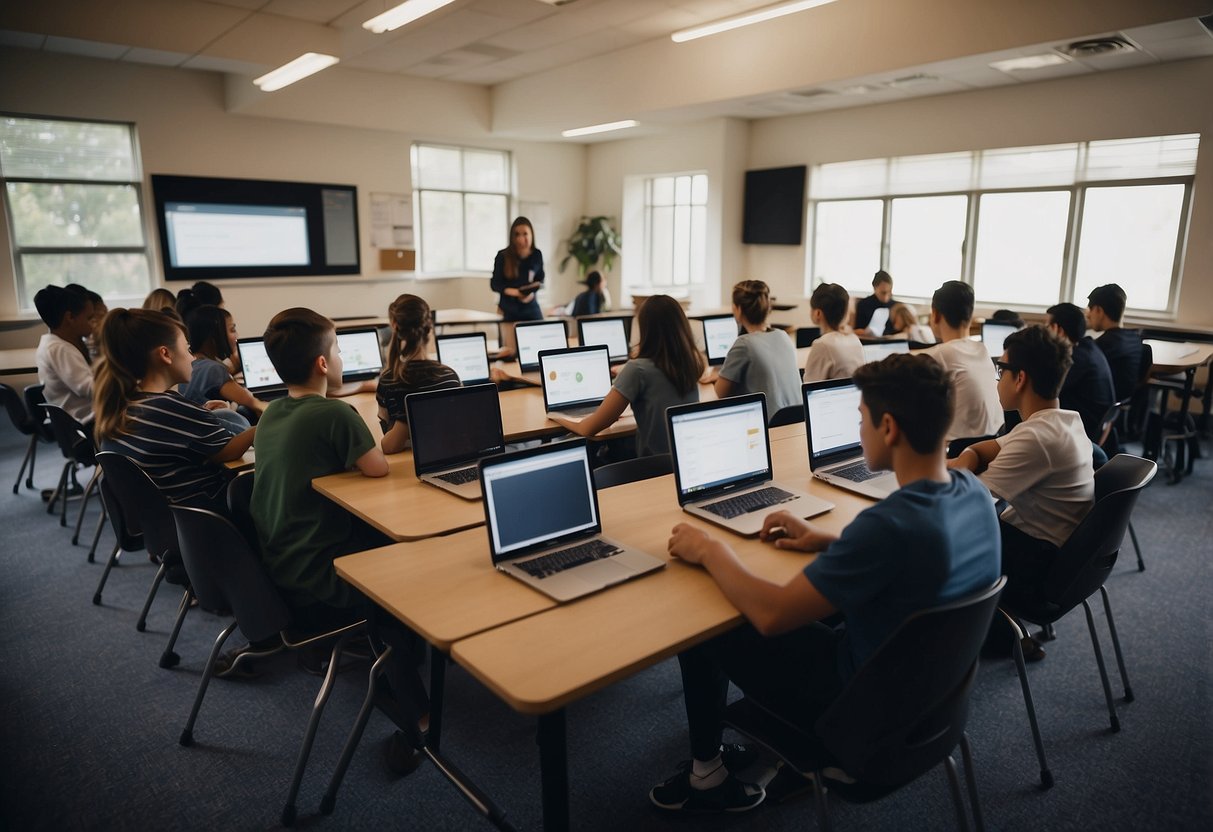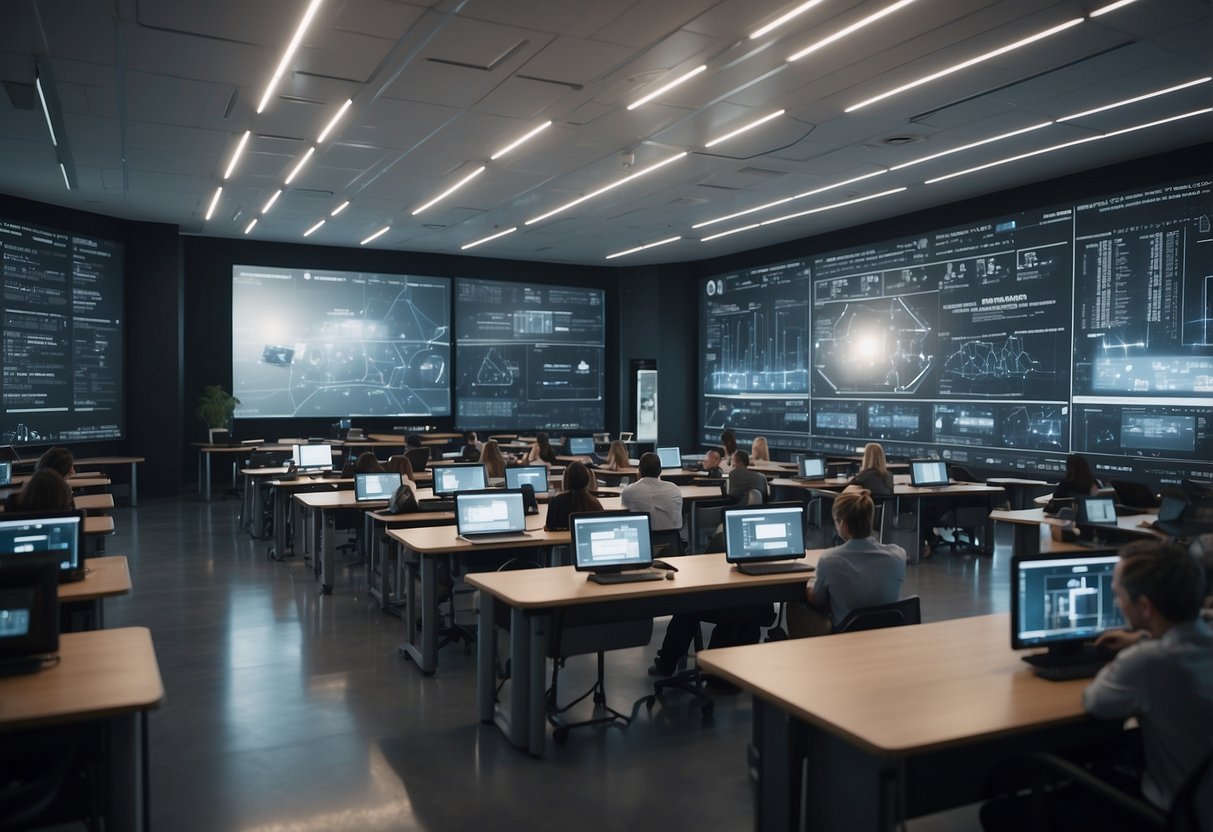
Technology is revolutionizing education by transforming both learning and teaching methods. From interactive classrooms to online courses, students and teachers are embracing digital tools to enhance educational experiences. These advancements are making learning more accessible, personalized, and engaging.
New platforms and educational apps are empowering students to learn at their own pace, while teachers utilize technology to tailor their instruction to meet individual needs. This shift is not only improving academic outcomes but also fostering greater collaboration and critical thinking skills.
Interactive whiteboards, virtual reality, and online resources are helping to bridge gaps and provide students with diverse learning opportunities. By integrating technology into the classroom, education is becoming more engaging and dynamic, preparing students for a rapidly evolving digital world.
The Evolution of Educational Technology
Educational technology has transformed, moving from traditional books to advanced digital platforms. High-profile devices play a significant role in contemporary education, reshaping how students engage with learning material.
From Books to Digital Platforms
Books have been integral to education for centuries, providing a structured approach to learning. With the advent of the internet, digital platforms emerged, offering interactive and accessible learning resources. Educational software allows for personalized learning experiences, adapting to the needs of individual students.
Classrooms now integrate digital content alongside traditional textbooks. Online libraries and resources become accessible from any location, expanding the reach of education. The shift from physical books to digital platforms enhances the flexibility and efficiency of the learning process.
The Impact of High-Profile Devices in Learning
High-profile devices such as tablets and laptops have become common in modern classrooms. These devices offer a range of educational software, enabling interactive and multimedia-rich lessons. The portability of these devices allows students to learn both inside and outside the classroom.
Teachers use these tools to create dynamic and engaging lessons, utilizing apps and internet resources. Devices like interactive whiteboards further support this trend, making lessons more interactive and participatory. The integration of technology in education helps bridge gaps and provides diverse learning opportunities for students.
Leveraging AI and Machine Learning

AI and machine learning are redefining education by offering personalized learning experiences and automating administrative tasks. These technologies enhance student engagement and relieve educators of repetitive duties.
Personalized Learning Experiences
Artificial intelligence adapts to the individual needs of each student. AI systems assess students’ strengths and weaknesses through continuous monitoring and analysis. This allows for the creation of customized lesson plans that cater specifically to the student’s learning style and pace.
Educational platforms use AI to recommend tailored resources. Interactive programs can adjust difficulty levels in real-time based on student performance data. Chatbots assist in providing instant feedback and additional support, ensuring each student remains engaged and understood.
Personalized learning fosters a more inclusive environment. Students who might struggle in traditional settings find the targeted help they need. This individualized approach not only improves academic performance but also reinforces a student’s confidence in their abilities.